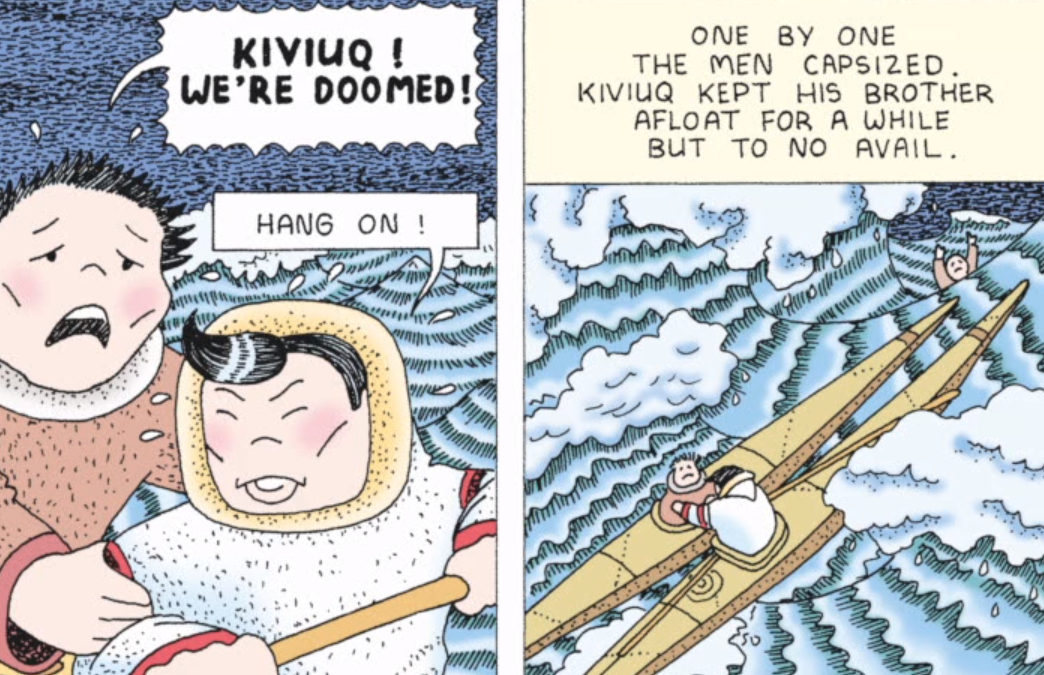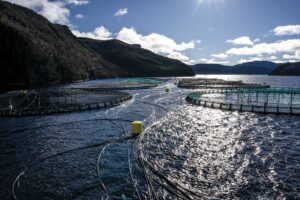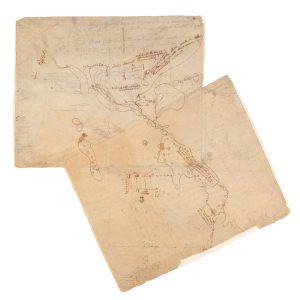For 24 years Nicholas Burns’ Arctic Comics, an anthology featuring five stories from the north, has languished in a filing cabinet. The book, which is comprised of stories and illustrations from Inuit artists as well as Burns’ own work, was destined for the Canadian Pavilion at Expo 1992 in Spain, but with a missed deadline and no publisher willing to take on the cost of printing it in English and Inuktitut, Burns decided to wait. Almost a quarter century later, Artic Comics is here.
We spoke to Burns, 59, about the importance of comics, story telling and how he ended up in the north.
How did you become a comic artist?
I grew up reading them, and I was already drawing and it just seemed like a natural progression. Then I created my own course at the University of Manitoba. Back then if you could find a professor who would sponsor you, you could get a credit. He let me do a full-page weekly comic strip in the Manitoban called Mondo Band-Aid. It was terrible. But the important thing is you have to fail a lot to get good at it. I did page after page that stunk. And I knew it. Then one panel worked, and then two and then three!
Why the North?
My late wife, Lisa Lugtig, was a doctor (she passed in 2003) who had always wanted to go north. When she was in medical school, she trained to be a doctor in remote locations. She said let’s go north. We were in Rankin Inlet for nine years. I went north with the hopes of writing the great Canadian novel. I got a few chapters in and realized it would be a heck of a lot easier if I just drew this.
What do you hope to achieve with the comics?
When I went north I knew nothing about it. Every time Lisa and I would go south, or to Europe people were interested in the north but didn’t know anything about it. The Arctic has an enormous cache. People wanted to know what it was like to live up there and what the culture was like. Some of these stories do that.
What has been the response to Arctic Comics?
It’s been such a short time that I haven’t had time to hear anything from the north, but I hope it’s positive. In the south it’s been great. I love it.
What role (and advantages or disadvantages) do comics play in our culture AND how does that differ from other mediums such as TV, books, movies…etc?
One of the reasons comics are such a good tool for education and public service announcement is that you see your own Culture reflected in the art. I think it’s important for everybody to see their cultures reflected in stories. When people see their own culture it resonates very strongly with them. The Super Shamou comic were popular because it was Inuit people taking super hero tropes and turning it to something relevant for their culture, which is the opposite of how we, in the south, tend to appropriate aboriginal things.
When will the book be translated?
The plan was to have it published in Inuktitut and English at the same time, but the publisher was too small to afford it. But he understands that we have to return the stories we took, I took, from the north. So we’re using the profits of the English version to translate the book into Inuktitut.
What’s your next project?
I’ve got more stories of the North. So that’s certainly a possibility. The other thing, I grew up knowing very little about Treaty One or Aboriginal culture here in Manitoba. I knew about Louis Riel, but not much. Given what the Truth and Reconciliation Committee has published, we the white culture need to have a better knowledge of history.




